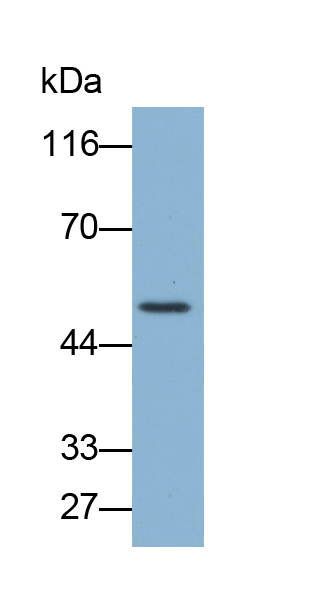Biotin-Linked Polyclonal Antibody to Cytochrome P450 2E1 (CYP2E1) 

CPE1; CYPIIE1; P450-J; P450C2E; 4-nitrophenol 2-hydroxylase; Cytochrome P450 Family 2 Subfamily E 1; Cytochrome P450,Subfamily IIE(Ethanol-Inducible)Polypeptide 1
Overview
Properties
- Product No.LAA988Mu71
- Organism SpeciesMus musculus (Mouse) Same name, Different species.
- ApplicationsWBIf the antibody is used in flow cytometry, please check FCM antibodies.
Research use only - Downloadn/a
- CategorySignal transductionMetabolic pathway
- SourceAntibody labeling
- Ig Type IgG, Potency n/a
- PurificationAntigen-specific affinity chromatography followed by Protein A affinity chromatography
- LabelBiotin
- Original Antibody n/a
- Buffer FormulationPBS, pH7.4, containing 0.01% SKL, 1mM DTT, 5% Trehalose and Proclin300.
- TraitsLiquid, Concentration 500µg/mL
Sign into your account
Share a new citation as an author
Upload your experimental result
Review

Contact us
Please fill in the blank.
Specifity
The antibody is a rabbit polyclonal antibody raised against CYP2E1. It has been selected for its ability to recognize CYP2E1 in immunohistochemical staining and western blotting.
Usage
Western blotting: 0.2-2µg/mL;1:250-2500
Immunohistochemistry: 5-20µg/mL;1:25-100
Immunocytochemistry: 5-20µg/mL;1:25-100
Optimal working dilutions must be determined by end user.
Storage
Store at 4°C for frequent use. Stored at -20°C in a manual defrost freezer for two year without detectable loss of activity. Avoid repeated freeze-thaw cycles.
Stability
The thermal stability is described by the loss rate. The loss rate was determined by accelerated thermal degradation test, that is, incubate the protein at 37°C for 48h, and no obvious degradation and precipitation were observed. The loss rate is less than 5% within the expiration date under appropriate storage condition.
Giveaways
Increment services
-
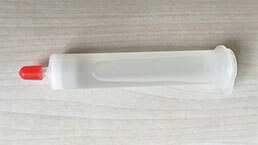 Protein A/G Purification Column
Protein A/G Purification Column
-
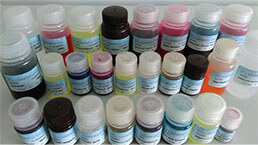 Staining Solution for Cells and Tissue
Staining Solution for Cells and Tissue
-
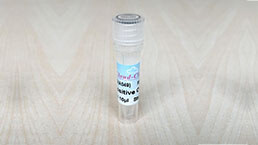 Positive Control for Antibody
Positive Control for Antibody
-
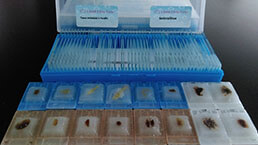 Tissue/Sections Customized Service
Tissue/Sections Customized Service
-
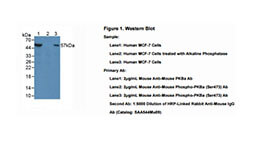 Phosphorylated Antibody Customized Service
Phosphorylated Antibody Customized Service
-
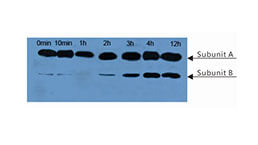 Western Blot (WB) Experiment Service
Western Blot (WB) Experiment Service
-
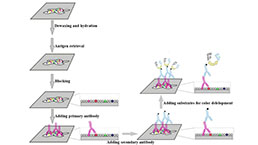 Immunohistochemistry (IHC) Experiment Service
Immunohistochemistry (IHC) Experiment Service
-
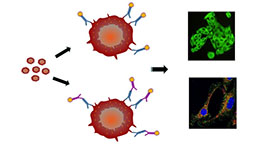 Immunocytochemistry (ICC) Experiment Service
Immunocytochemistry (ICC) Experiment Service
-
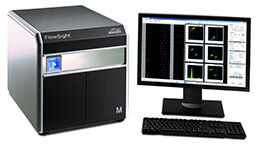 Flow Cytometry (FCM) Experiment Service
Flow Cytometry (FCM) Experiment Service
-
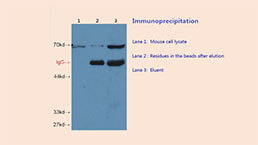 Immunoprecipitation (IP) Experiment Service
Immunoprecipitation (IP) Experiment Service
-
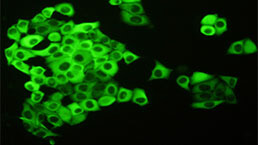 Immunofluorescence (IF) Experiment Service
Immunofluorescence (IF) Experiment Service
-
 Buffer
Buffer
-
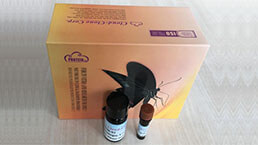 DAB Chromogen Kit
DAB Chromogen Kit
-
 SABC Kit
SABC Kit
-
 Real Time PCR Experimental Service
Real Time PCR Experimental Service
Citations
- Hepatoprotective effect of ethanolic extract of Curcuma longa on thioacetamide induced liver cirrhosis in ratsPubMed: PMC3605171
- Mechanism of Hepatoprotective Effect of Boesenbergia rotunda in Thioacetamide-Induced Liver Damage in RatsPubMed: PMC3749608
- CCl4-induced hepatotoxicity: protective effect of rutin on p53, CYP2E1 and the antioxidative status in ratPubMed: PMC3519517
- Hepatoprotective Effect of Methanolic Stem Extract of Bush Cane (Costus Afer) on Immunologic Response Generated Reactive Oxygen Species (ROS) in Alcohol Induced Liver Cirrhosis in Rats. Ajbpr:Source
- Pass-predicted hepatoprotective activity of Caesalpinia sappan in thioacetamide-induced liver fibrosis in ratsPubmed:24701154
- Protective effect of Djulis (Chenopodium formosanum) and its bioactive compounds against carbon tetrachloride-induced liver injury, in vivopublication:307092820
- Haloperidol loaded carboxymethyl chitosan nanoparticles reduce Oxidative stress, Mitochondria dysfunction and DNA damage in hepatic cells of male rats.59f7c85aaca272607e2d8d7a
- Toxicity assessment due to prenatal and lactational exposure to lead, cadmium and mercury mixturesPubmed: 31639605
- Oxidative Stress Parameters in the Liver of Growing Male Rats Receiving Various Alcoholic BeveragesPubmed: 31935882
- Ellagic Acid Prevents Binge Alcohol-Induced Leaky Gut and Liver Injury through Inhibiting Gut Dysbiosis and Oxidative Stress34573017





